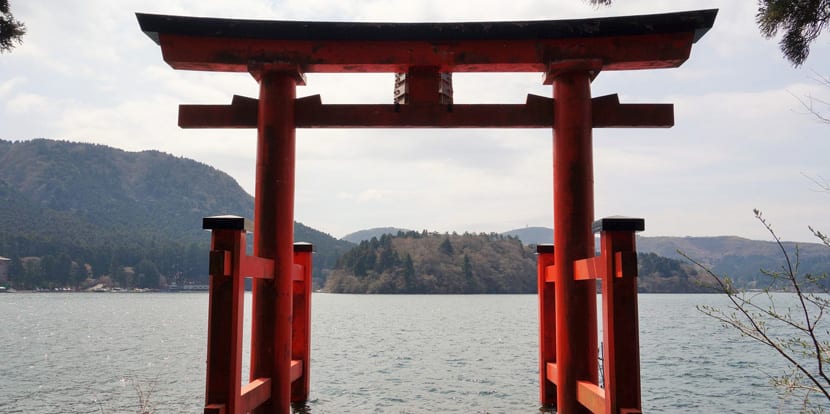
One of the most fascinating cities in Asia is Tokyo. Perhaps now its modernity does not attract so much attention because technological advances are rapidly globalizing, but I imagine that in the '70s or' 80s walking through its streets must have been, for many, being on another planet. In a way, Tokyo is still like this, but not so much because of the technological advances it shows but because of its centuries-old culture and its society, an alchemy that is difficult to describe but that you can feel as soon as you set foot in the Japanese capital.
Many define it as "a big town." It is not that there are skyscrapers packed everywhere, it is rather a sprawling city, wide, with parks and a convoluted web of streets, avenues and alleys without sidewalks. We could write a lot about the tourist attractions in Tokyo, but today I propose to travel further and know some of the best excursions that can be done from Tokyo. With the bullet train the distances are shortened as if by magic and you have the possibility of discovering another Japan a few kilometers from the great metropolis.
Yokohama
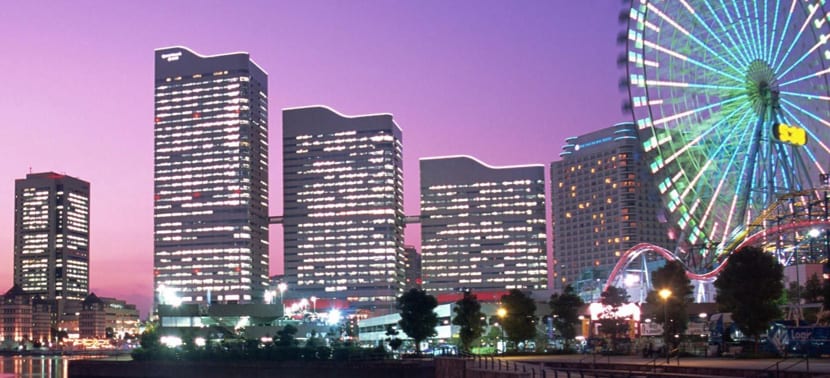
It is the closest city to Tokyo and the second largest in the country. It is located only half an hour from the capital by train so it is like the closest satellite. It was the first Japanese port to be forcibly opened to trade with the West in the XNUMXth century, so it retains some of that port city it became and It has the best Chinatown in all of Japan and some old and western-style residences in the Yamate district.
You can stroll through Chinatown, with its four colorful porticoes and countless Chinese restaurants and shops inside. You can rest in the Port Osanbashi, cruise terminal, with great views of the coast, walk through Yamate and Otomachi, where the old houses of Western merchants and diplomats are, or perhaps visit the Museum of Ramen, the popular Japanese noodle soup.
Kamakura
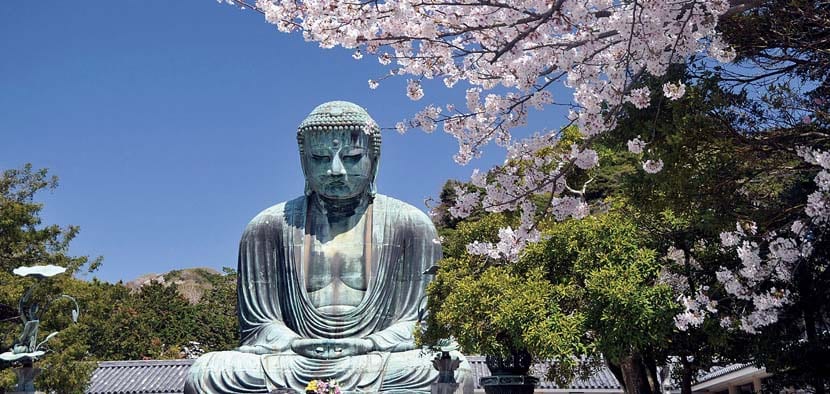
Kamakura is less than an hour from Tokyo, on the coast of Kanagawa Prefecture. It was a very important city in the Middle Ages, before the center of power passed to Kyoto. The truth is that Kamakura has been very small but in return offers a wonderful handful of ancient shrines, temples, historical monuments and beautiful beaches to escape the heat.
The Great Buddha of Kamakura It is one of the largest bronze statues in the world. The Kenchoji Temple is the most important Zen temple here and the second is the Engakuji Temple. Among the Shinto shrines, the traditional animist religion of Japan, are the Hachimangu Shrine and the Zeniarai Benten. Then there are many more, but as the area is wooded it is best to walk, walk the trails that there are and end in one of its beaches with hotels and hot springs.
How to get to Kamakura? By train straight from Tokyo Station or Shinjuku Station. Within the city and in the area there are trams and buses, but as it is a small area you can do the main route on foot or by renting a bike.
The Five Lakes of Fuji

This is a region at the foot of Mount Fuji, the sacred mountain of Japan. It's on the north side and At about a thousand meters of altitude are the five beautiful lakes of Fuji. The postcard of the mountain and the lakes is one of the most beautiful and recommended for tourism. The lakes are the Saiko, the Yamanakako, the Shojiko, the Motosuko and the Kawaguchiko. In the area there are many hot springs and museums.
Lake Kawaguchiko is the one you should visit because it is the easiest to access. Here you have a funicular that costs 720 yen round trip, hot springs and museums. It costs the rest to get there without a car. If you can choose a time of year to go, it may be a good idea to do it between the end of April and June because the fuji shibazakura, a festival in which the fields are covered with thousands of flowers, the shibazakura, of hot pink, white and purple.
Nikko
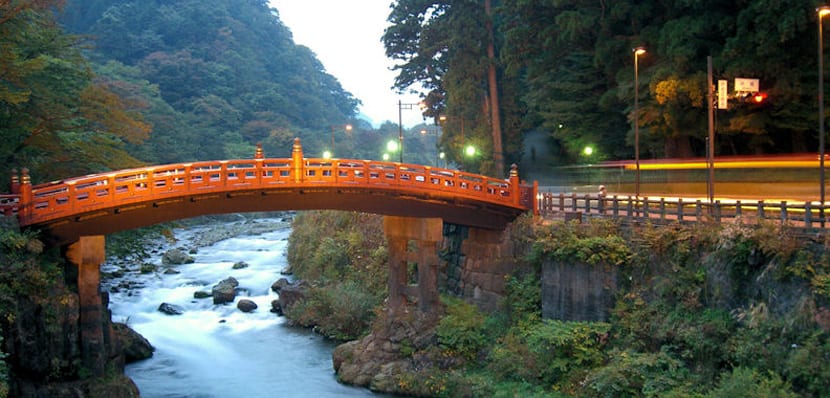
In Nikko is the shrine and mausoleum of Tokygawa Ieyasu, one of the great feudal lords who ruled the nation until the reappearance of the emperor's power. He was the founder of the Tokugawa shogunate and here he is buried. This shrine and other old shrines in Nikko are located about a 40-minute walk from the Nikko or Tobu train stations. If you buy the 500 yen day pass you can use the bus for free. Today it is a very beautiful national park in the fall, with lakes and thermal villages.
Ikaho Onsen
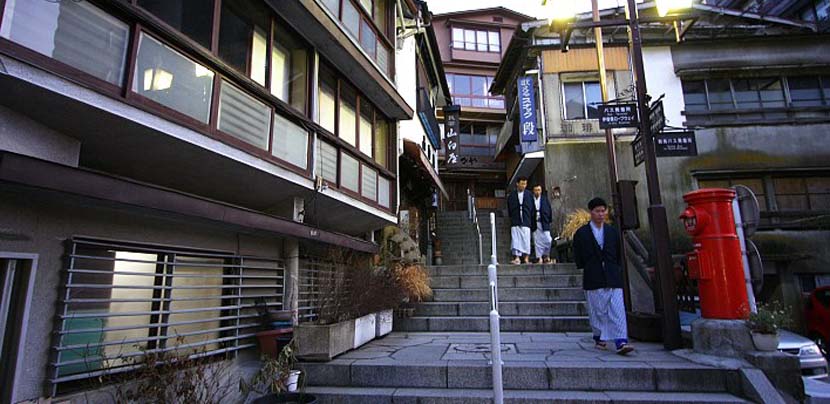
This onsen or thermal town is not the only one found in the surroundings of Tokyo but it helps us to know what it is about. This onsen is on the slopes of Mount Haruna and it is one of the most popular onsenes in Gunma prefecture. It is an old town known for its peculiar stone steps that run 300 meters and on the sides of which there are ryokanes, traditional Japanese hostels, and shops.
And since you are here, as an excursion, you can go up to see the caldera lake of Mount Haruna. Remember that in Japan volcanic activity is important and that is why there are earthquakes and hot springs everywhere. As you can see, in and around Tokyo there is a lot to see and do. And everything, absolutely everything is unforgettable.